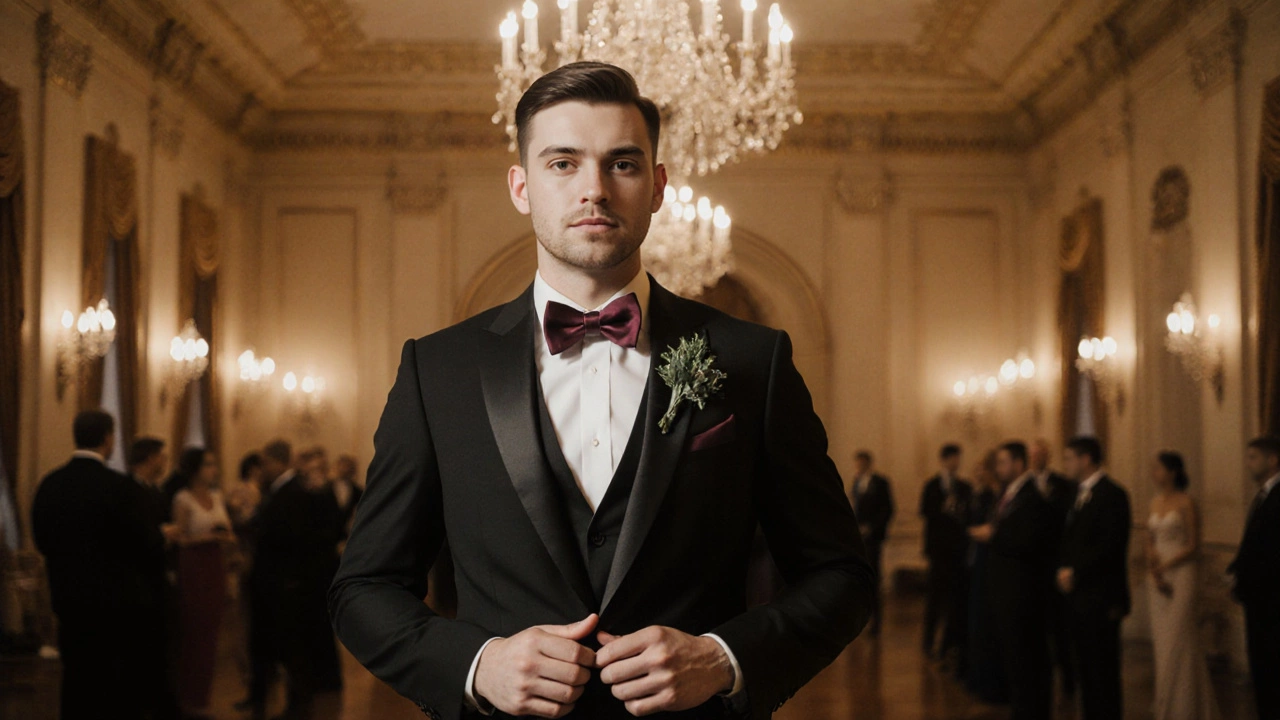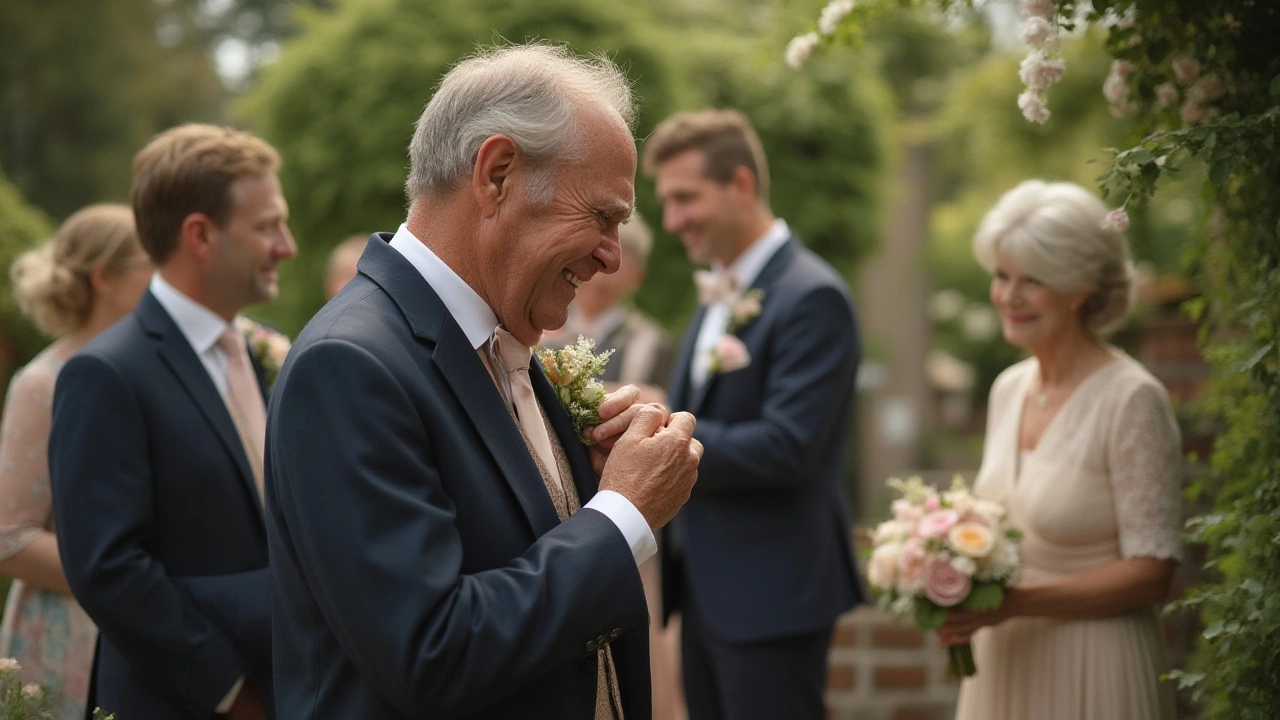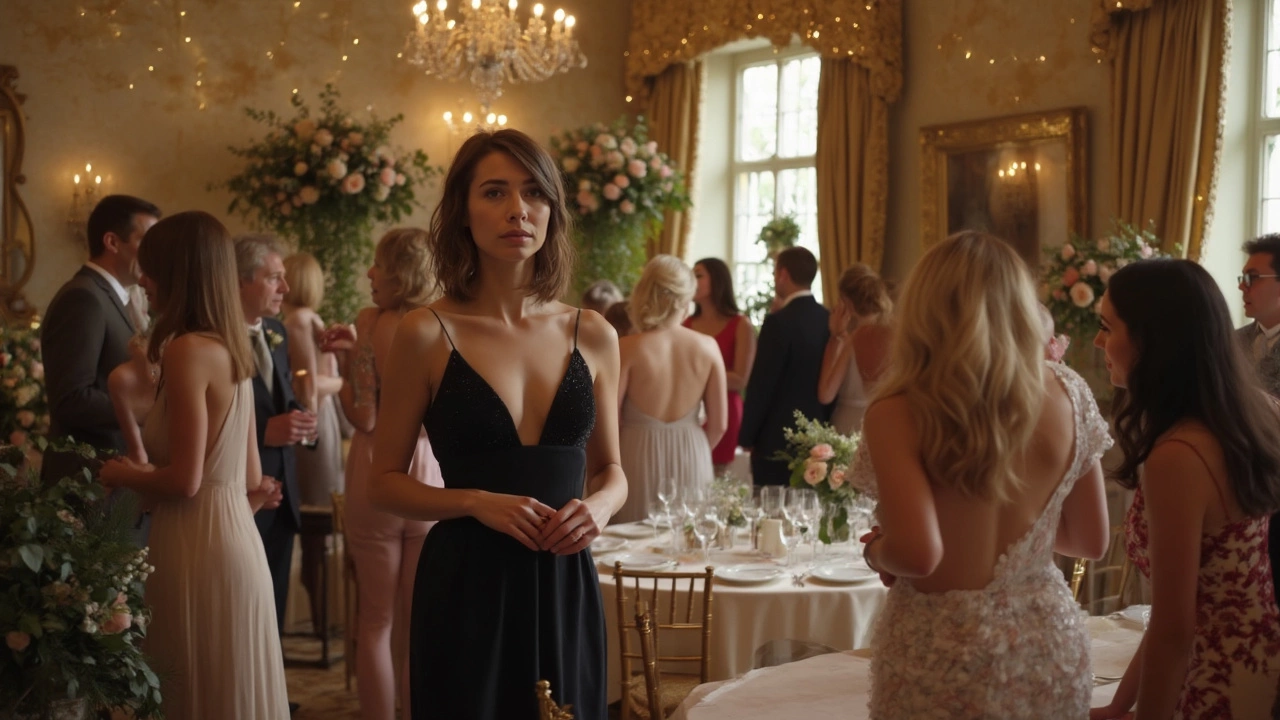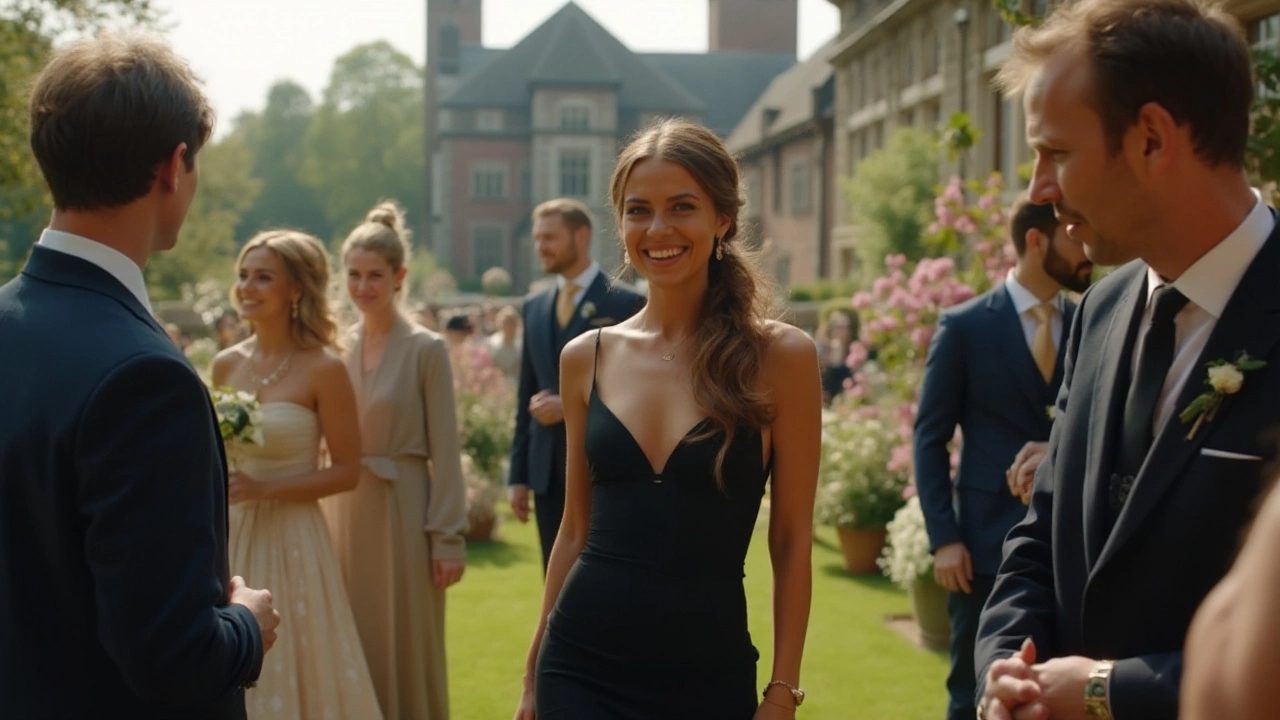Wedding Dress Code: Simple Rules to Look Great on the Big Day
Got an invitation that says "Dress Code: Black‑Tie" and you’re wondering if a tux is required? You’re not alone. Understanding wedding dress codes can feel confusing, but with a few clear pointers you’ll show up confident and stylish.
Common Dress Code Types
Most weddings fall into one of five categories: Casual, Semi‑Casual, Cocktail, Formal (Black‑Tie), and Black‑Tie Optional. Casual means something like a summer dress or smart shirt and chinos—nothing too fussy. Semi‑Casual steps it up a bit; think a cocktail dress for women and a blazer with slacks for men.
Cocktail asks for a knee‑length dress or a dressy jumpsuit for ladies, and a dark suit with a tie for guys. Formal (Black‑Tie) expects a floor‑length gown or sophisticated cocktail dress for women, and a tuxedo or tailcoat for men. Finally, Black‑Tie Optional lets you choose a tux or a dark suit; either works as long as it’s polished.
Tips to Follow the Invite
Start by reading the invitation carefully. The exact words—"Dressy Casual," "Formal," "Black‑Tie Optional"—are clues. If the venue is a beach or barn, you can lean toward relaxed fabrics even for a formal code, but keep the overall look tidy.
When in doubt, ask the couple or a close family member. A quick text asking "Is a dark suit okay for a Black‑Tie Optional wedding?" saves you from over‑ or under‑dressing. Most hosts appreciate the effort to get it right.
Colour choice matters too. Weddings traditionally avoid white (reserved for the bride) and overly bright neon shades. Safe bets are navy, charcoal, deep green, or classic black for men; women can choose jewel tones, pastels, or muted metallics.
Footwear should match the dress code. Dress shoes for men, closed‑toe heels or dressy flats for women. If the ceremony is outdoors, consider wedges or block heels to avoid sinking into grass.
Accessories can elevate a simple outfit. A sleek watch, pocket square, or understated jewelry adds personality without breaking the dress code. Remember, less is more when you’re not the focus of attention.
Don’t forget climate. A lightweight shawl for a spring garden wedding or a smart overcoat for a winter hall keeps you comfortable and still looks put together.
Lastly, make sure your outfit is well‑fitted. Even an inexpensive dress looks high‑end when it fits right. Tailor a hem or take in a jacket if needed; a quick adjustment saves embarrassment.
By matching the invitation’s wording, checking the venue, and keeping colour and fit basics in mind, you’ll nail the wedding dress code without stress. Enjoy the celebration knowing you look appropriate and feel comfortable.
What Does a Black Suit Mean in a Wedding? Groom Style Guide
A black suit at a wedding isn't just fashion - it's a statement of confidence and modern style. Learn when it works, how to wear it right, and why more grooms are choosing it over the tuxedo.
View MoreCan a Groom Wear a Black Suit? Pros, Cons & Styling Tips
Explore whether a groom should wear a black suit, covering dress codes, pros and cons, fabric tips, accessories, alternatives, and a decision checklist for a stylish wedding look.
View MoreWhat Color Should the Father of the Groom Wear? Dress Codes, Tips & Real Wedding Ideas
Not sure what the father of the groom should wear? Find easy style guides, timeless color tips, and real examples for every wedding theme and dress code.
View MoreWhat Does Wearing Black to a Wedding Really Mean? History, Etiquette, and Modern Trends Explained
Curious if wearing black to a wedding is okay? Unpack the history, etiquette, myths, and style secrets behind black attire at weddings today.
View MoreShould You Wear Black to a Wedding? What Photographers Think
Wearing black to weddings has historically been frowned upon due to cultural associations with mourning. However, with evolving wedding norms and fashion trends, many now see black as a chic and elegant choice. This article explores the history, photographer perspectives, and tips for wearing black smartly at weddings.
View More



